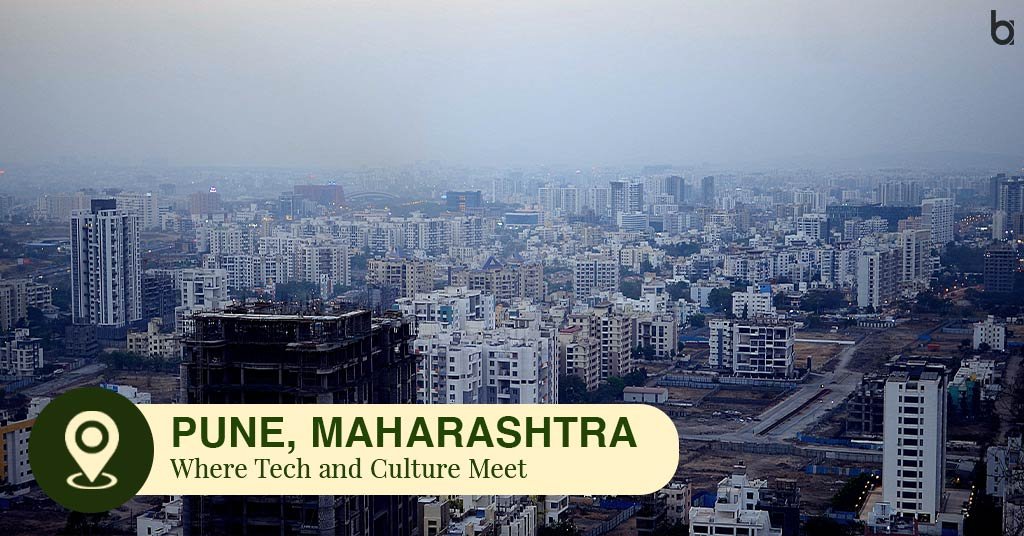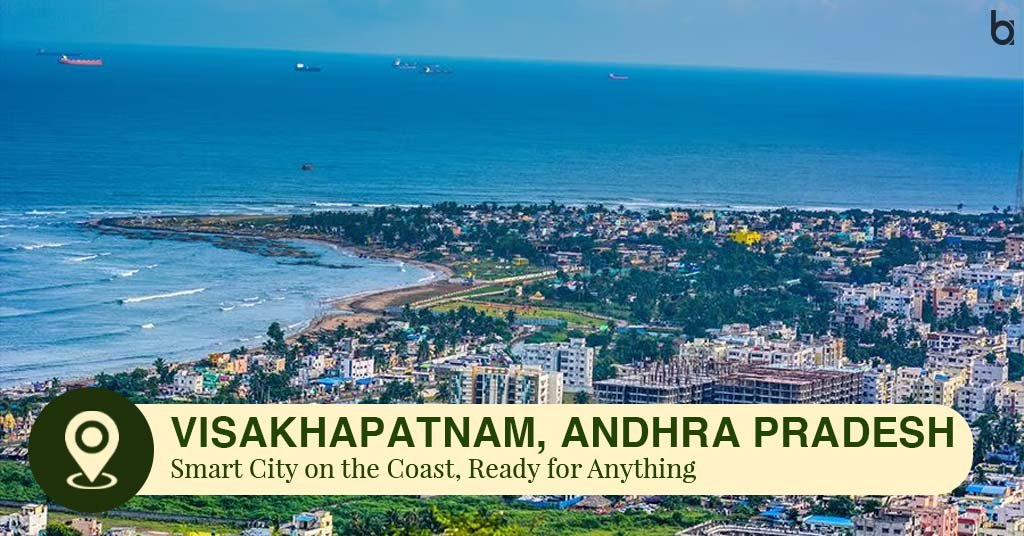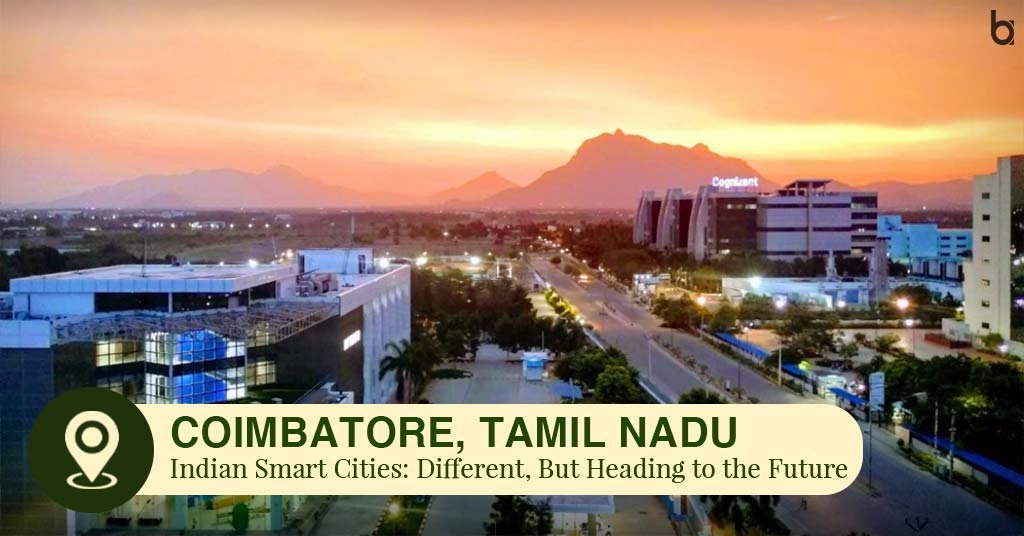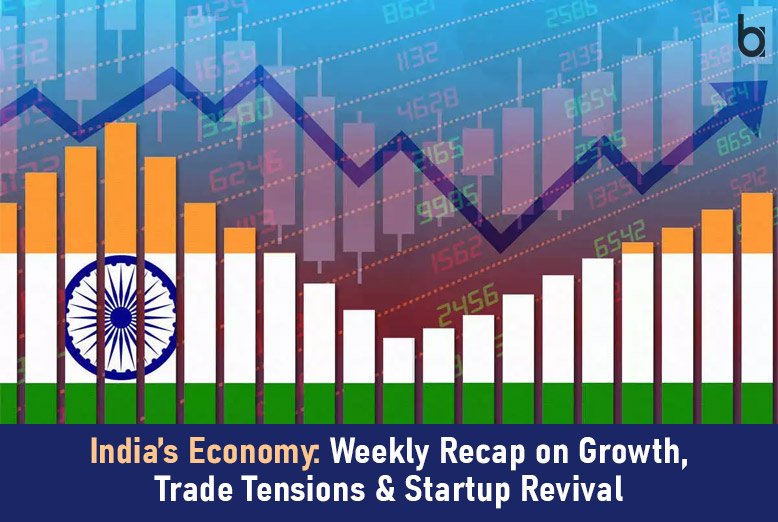“Smart cities”—we” hear this term a lot now. Sounds fancy, right? But what does it mean, especially in a place like India? India is a mix of old and new, tradition and fast change. Thinking about smart cities in India here in 2025, it’s not just about cool gadgets. It’s about something bigger. Something more real. Not just showing off new tech, but making life better for people.
It’s hard to say exactly what will happen in India by 2025. Things change fast here. What’s important now might not be later. And India is huge—everything is on a massive scale. Still, if you look at what’s happening and what people are planning, you can see some cities taking the lead in smart cities in India. They’re not just dreaming about being smart. They are making it happen. And they are doing it in a way that fits India. Not just copying ideas from other countries.
Yes, technology is part of it. But it’s also about putting people first. Let’s look at ten cities that are likely to be ahead in this smart city race by 2025. We won’t just talk about the tech stuff. We’ll look at how these changes help people in their daily lives in smart cities in India. Is this going to be honest and real? Yes. Let’s start.
1. Surat, Gujarat: Making the Diamond City Work Better

Surat is famous for diamonds and clothes. It’s a city where business is important. And this is how they are making their city smart in smart cities in India. They are focused on making things work better, not just on fancy tech. They want to improve daily life for everyone. Think about traffic. In India, traffic can be crazy. Surat’s smart traffic system is trying to fix this.
It uses sensors, yes, but it’s really about making traffic flow smoother. Something everyone can appreciate in smart cities in India. Smart streetlights change brightness depending on traffic. Buses and trains are getting updated with new tech to run better. Maybe not super exciting things to talk about.
But useful? For sure. Surat plans to make small, steady improvements. Making everyday things better for people. By 2025, you’ll probably feel it when you are in Surat. Things will just run a bit smoother. Less stress. That’s smart, isn’t it? Not just showing off, but making life easier.
2. Pune, Maharashtra: Where Tech and Culture Meet

Pune is a city of students and tech companies. It’s also a city with a lot of history and culture. Their smart city idea is to mix the new with the old. Not to throw away the past. Think about old houses in Pune, the wadas. They are planning to put smart sensors in these old buildings. To save energy. To check if the buildings are still strong. Sounds a bit strange? Maybe.
But Pune is thinking long-term. They care about keeping their history safe while moving forward. And you can see this in their transport plans. It’s not just about apps and computers. It’s also about making it easier to walk and cycle.
Making space for people, not just cars. Pune’s smartness is not just about technology. It’s about smart city design. Thinking about how to build a city that’s good for people, respects its past, and looks toward the future. You can feel this in Pune. A city that’s thinking, changing, and trying to find the right balance.
3. Kochi, Kerala: Smart City by the Sea

Kochi is a city by the ocean. Sea air and spice smells in the markets. Smart city in Kochi has to be different because of this. Right? And it is. Water is very important here. Kochi’s control center is not just for traffic. It also watches the water levels. To warn people about floods. To make sure the city drains water properly. Very important for a city by the sea that can get hit by big storms. And then there’s tourism. Big business for Kochi.
They want to make tourism better for visitors but also manage tourism so it doesn’t hurt the city. Kochi’s smart city plan feels natural. It’s growing from what Kochi already is. Not trying to be like every other city. Using tech to make Kochi more like Kochi.
By 2025? Maybe they’ll have a computer version of the backwaters. But the smell of the sea, the fishermen calling out? That will still be Kochi. Human things in a smarter city.
4. Bhubaneswar, Odisha: Making the Temple City Safe and Easy for Everyone

Bhubaneswar is known for its temples. Old and holy places. The smart city here is about safety and making things easy for everyone to use. Odisha has a history of natural disasters. Big storms, floods. So, their smart city plan includes systems to warn people early. This can save lives. Real help, not just fancy stuff. And they are also trying to get people involved. Helping people learn to use computers and phones. So everyone can use online services.
Even people who don’t know much about tech. Maybe they’ll put computers in temples for people to use for government services? Maybe not exactly like that. But you get the idea. Bhubaneswar’s smart city idea is about using tech to help the community.
To protect people. To make life safer and more fair. It’s a quiet change, maybe. Less about showing off, more about respect and helping people live better lives.
5. Indore, Madhya Pradesh: The Clean City Gets Smarter About Green

Indore is famous for being the cleanest city in India. This didn’t just happen by itself. It took a lot of work. And their smart city plan is building on this. Focusing on making the city even more green and clean. Waste management? They are already good at it. But they want to do even more. Smart energy systems. Saving water. Green buildings.
They want to build a city that uses resources wisely, like a circle. Imagine trash being turned into energy to power homes. Buses run on fuel made from city waste. Sounds like a dream? Maybe a bit. Indore might not be perfect by 2025.
But they are showing how a big Indian city can be green and sustainable. Not just as fashion, but as a real plan. Smart living in Indore is about clean living. And you can feel the difference in the air. Cleaner, fresher, a bit of hope in the dust.
6. Ahmedabad, Gujarat: Old City, New Smartness

Ahmedabad is a city with a long history. Gandhi lived here. The smart city here is about bringing the old and new together. The Sabarmati Riverfront project is changing the city a lot. Making the river area new again. And they are adding smart tech to this. Checking river pollution in real-time.
Smart parking by the river. Computers give info about old parts of the city. Mixing history with today’s tech. Think about walking tours using phone apps to show you history. Ahmedabad’s smart idea is not to forget its past but to make it better. Easier to see, more interesting, more alive.
It’s a city telling its story in a new way. Using tech to show its history, not just in old buildings but also online, in computers, everywhere in the city.
7. Visakhapatnam, Andhra Pradesh: Smart City on the Coast, Ready for Anything

Visakhapatnam, or Vizag, is a city by the sea. Again, like Kochi, being by the coast means special problems and special needs for a smart city. Big storms are a threat. So, their smart city plan includes systems to protect against disasters. A coastal watch system to see problems coming. And Vizag is also an industrial city, with factories and ports.
Smart industry areas. Making factories work towards smart cities in India to use resources better and pollute less. Trying to grow in a cleaner way. Maybe sensors check factory smoke and send info to a control center, making changes right away.
Vizag’s smartness is practical. It comes from what the city needs. Being by the sea, having industry. It’s a strong, helpful kind of smartness. Building a city that can handle problems, both from nature and from growth.
8. Chandigarh, Punjab & Haryana: Making a Planned City Even Better Planned

Chandigarh is already a planned city. Designed a long time ago. Smart City here is about making that plan even better. Using new tech to improve the plan. Traffic in Chandigarh, because it’s a planned city with straight roads, is perfect for smart systems.
They are making traffic flow better, improving bus routes, and using computers to fine-tune the city’s layout. Also, safety is important. Smart cameras, smart police plans.
Making Chandigarh even safer than it already is. Chandigarh’s smart city change is like making a perfect machine even more perfect.
Taking a city that was already well-planned and making it run even smoother, even more efficiently. Will it lose some of its charm by becoming too perfect?
Maybe that’s a question. But the goal is to make Chandigarh exactly what it was meant to be: organized, efficient, and a great place to live because everything works well.
9. New Delhi (NDMC Area): Smart Capital, Connected to the World

New Delhi, the capital of India. Huge city. Connects India to the world. Smart city in Delhi is a different kind of challenge. Everything is big here. Everything is complex. Smart city ideas in Delhi have to be big too. Think about smart poles. These are like streetlights, but they do much more. Streetlights, Wi-Fi, air quality sensors, security cameras—all in one pole.
That’s the Delhi scale. And then there are services for citizens. Online services, phone apps. Making it easier to deal with the government.
Less trouble in a city that’s known for having a lot of… paperwork. New Delhi’s smart city plan is huge, like the city itself. Trying to manage a giant, make it run better. Will it feel less like Delhi? Maybe. But trying to make Delhi smarter is a huge task. A task only a city like Delhi could even try.
10. Coimbatore, Tamil Nadu: Smart Industry, Strong Future

Coimbatore, the “Manchester of South India.” Industry is the heart of this city. So, a smart city here is about making the industry smarter. Smart industrial areas. Making factories work together better. Using computers to make production faster reduces waste. Making the industry stronger with tech.
And also, training people in smart cities in India. Smart city programs to teach people digital skills. So they can work in the new jobs of the future. Connecting industry to people’s skills. Coimbatore’s smart city idea is practical and focused on industry.
Making their economy stronger, more modern, and more efficient. Less about fancy looks, and more about making the city’s engine run better. Factories are working smarter. Data moving things faster. A city’s economy is getting a boost from smart ideas.
Conclusion: Indian Smart Cities: Different, But Heading to the Future
So, there you have it. Ten examples. Indian cities are becoming smart in their own ways. Each city is different. Each city has its own needs and its own style. What’s the “best” smart city? It depends on what you want. What’s good for one city might not be good for another. There’s no one right answer.
Technology keeps changing fast. These cities will keep changing too. New ideas, new tech, more competition between cities. But one thing is clear: cities are going to become more and more tech-connected. From paying bills to getting around town, these smart city ideas are making life easier.
More efficient. Maybe a little bit more complicated too, in that interesting, sometimes confusing, Indian way. So, take a look around and see what these cities are doing. Find what works for you. And get ready for a future where cities are run by computers, but still full of people. India’s smart city future? It’s starting now. Get ready for it.
ALSO READ: The Top 7 Unicorn Startups in India That Are Leading the Innovation Wave















